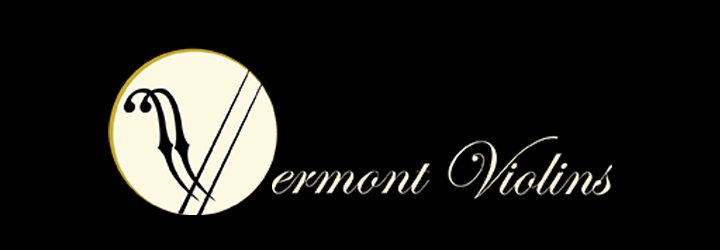Bow Rehair
When do I need to rehair my bow and why?
“I’ve gone four years without rehairing my bow, it looks fine… why do you think it needs to be rehaired now?”
In general, we recommend a bow rehair every six months to a year, ideally at the beginning of the winter and summer. Rehairing maintains the physical condition of the bow and enhances playability. Bowhair is extremely responsive to humidity conditions. In fact, historically, bow hair was used on ships to monitor changes in the air’s relative humidity. The hair stretches in warm, moist weather and contracts in cold, dry weather. When we rehair a bow, it is difficult to find a length of hair that works for both extremes in our climate – we can have 80% relative humidity in the summer and 10% relative humidity in the winter. The hair can shrink as much as an inch going from summer to winter. For some bows, in particular “soft” bows, the sticks flex more when the hair length changes between seasons. If the hair becomes too tight, or short, in the winter, the stick will flatten and lose the curve or “camber” with time. Stiffer sticks, for example carbon fiber, will react less to the change in tension of the hair. A trained luthier can replace the lost curve, or camber, of a wooden stick, but we prefer to avoid the process as there is always the slight risk that a stick will crack when we change the camber.
During the summer, the hair stretches. Often, the hair won’t tighten enough because the eyelet has hit the end of the mortise (the oblong hole it travels within). Once this happens, the winder will no longer turn, but players may try to force it. This can cause damage, sometimes severe damage. If a bow is overwound, the steel of the screw may strip the brass of the eyelet requiring a replacement of the eyelet. If the eyelet does not strip, the screw may become unglued from the ebony inside the button...a more expensive repair requiring a bushing inside the steel or silver winder. If neither of these happen, the stick itself may crack, which may destroy the bow or require an expensive repair.
So maintaining the proper tension on the hair will not only enhance your playability, but may well prevent highly inconvenient, if not catastrophic damage.
“My bow feels and sounds like a different instrument!”
That is the response we hope to hear when a bow has been rehaired after a long period of time! Over the years, we have tried different types of hair to accommodate different playing styles and our local climate. We have tried hair from England (supply shortages), fine stallion hair (reacted too much to humidity changes) and returned to a popular, professional brand of medium-fine hair called “Platinum Live.”
Horeshair comes in a variety of thicknesses and strengths. The high-grade hairs are sorted many times from their source (usually Mongolia or China) to the hair supplier. The sorting removes broken, split end, curly or otherwise irregular hair. The goal is a consistent hank of hair on the bow. The sorting can apply to the thickness, or coarseness, of the hair as well.
Our finest hair is from Sowden and Sons in England. It is a special import hair: extremely luxurious with the perfect balance of fine stalion hair, perfectly selected to maximize tonal response and versatility. It is a premium hair, cost is a little higher, but the experience is unmatched!
The Platinum Live hair we have used the past two or three years is medium-fine and is in our opinion the best-quality hair distributed in the United States today.
Verso is a version of the “Live” hair where, during the sorting process, half the hairs are “reversed.” Bow hair is typically sorted from the top down – the down being the ends of the tail which are finer and discolored. So the hair actually tapers to a smaller diameter towards the ends. In verso hair, the reversing makes a more consistent thickness from end to end on the hank.
For players looking for more grip, we’re introducing Live Coarse, a medium-coarse variety of the “Live” hair. The hair should provide more grab which might work well for people using Thomastik-Infeld strings like the dominant brand, playing viola or cello, or playing electric violin. We might also recommend this hair for students working on pieces like the Romanian Folk Dances and the Dvorak cello concerto where you can never play loud enough.
The Chataigne hair is a chestnut brown hair. It is slightly thicker, and noticeably stronger than the “Live Coarse” hair. It works well for viola and cello players, electric string players, and traditional music players doing a lot of chopping. The elasticity helps the hair stand up to aggressive playing conditions without sounding scratchy or rough.
Black Hair, or Salt and Pepper hair is primarily used for cellists and bassists looking for the ultimate in grip and attack. It can be a bit too much grab for violinists, although fiddlers and "big sound" players will favor this hair from time to time. Black hair is pure black hair: thick and course. Salt and Pepper is a combination of white and black to soften the grab and the precise blend can be customized for each player.
How do you choose which hair to use? We have set up samples of the hair varieties on sample violin and cello bows in the West Lebanon and Burlington shops. The bows are similar so that you can feel how the hair differs. We can rehair your personal bow with the hair you choose. If you decide you don’t like the new hair within a month, we’re happy to rehair your bow with the standard hair.

